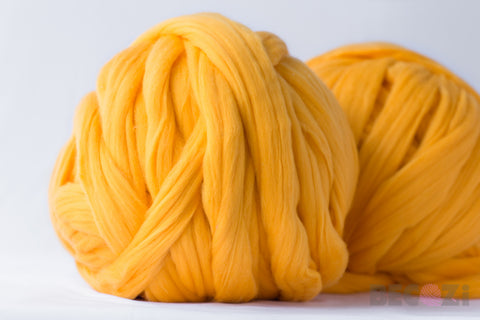
Merino wool is one of the finest and softest in the world. It is so fine, in fact, that it is often combined with silk or cashmere to produce a garment of incomparable softness and luxury.
Merino sheep was first introduced to North Africa by the Phoenicians from Asia Minor. It made its way to Europe via the Moors, who eventually brought the animal to Spain around 12th century. Around the 1500’s, through careful and selective breeding, a new kind of Merino sheep, similar to what we have today, became famous in Spain.
The sheep were owned by the nobility and the church, who protected and controlled the flocks to protect their monopoly. In fact, before the 18th century it was a capital crime to export Merinos from Spain. Gradually, though, Merinos were introduced to Sweden, Hungary, France and, eventually, Australia.
There are two types of Merino sheep: the hornless Poll Merinos and the horned rams that have long, curved horns. They are an adaptable breed, smaller than sheep bred for meat, thriving nearly anywhere that has proper forage. Their wool is finely crimped (wavy) and very soft.
There are different grades of measuring Merino wool fineness. The unit used for it is called a micrometer. The lower the measurement, the finer the fiber. Since the fibers are so thin, bacteria can’t find a surface to grow on so it doesn’t retain odors. This is why Merino wool is both antibacterial and hypoallergenic.
Merino wool is also very popular for athletic clothing because of its ability to regulate body temperature. It keeps a person warm without overheating, wicking moisture away from the skin. It can absorb water up to 1/3 of its weight but still retain its warmth when wet. For this very reason it is the first choice of mountain climbers who use it to avoid hypothermia. The fibers have microscopic pockets of air that trap the body’s heat, similar to how a sleeping bag keeps a camper warm.
In fashion, wool always had more of a utilitarian application, being primarily used in clothing such as uniforms. The change came with designers like Coco Chanel and Christian Dior, who began using wool for their collections in early 20th century, demonstrating the material's incredible qualities as well as integration in fashionable trends.
